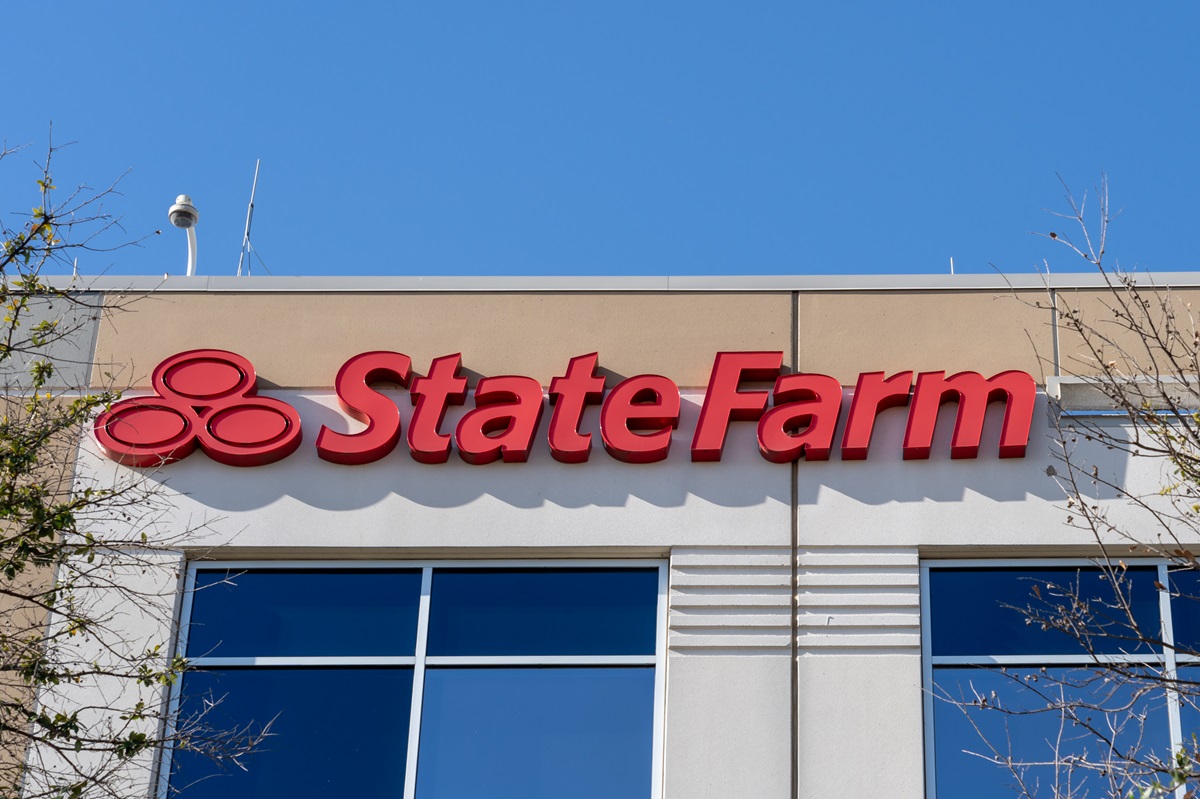How a Video and a Rate Hike Request Could Reshape California’s Insurance Market
State Farm is under fire after a Consumer Watchdog letter to California Insurance Commissioner Ricardo Lara put the spotlight on controversial tactics allegedly used to justify a proposed emergency 22% rate hike. At the heart of the controversy is a video recording of Haden Kirkpatrick, State Farm’s Vice President of Innovation and Venture Capital, whose candid comments stirred public concern and prompted his dismissal from the company.
Captured on Camera: A Rare Glimpse Behind Closed Doors
The controversy took root when a video surfaced, revealing Kirkpatrick describing State Farm’s approach to negotiating rate hikes in California. He candidly admitted that policy cancellation threats were used as leverage in discussions with regulators.
“We’ll go to the Department of Insurance and say we’re overexposed here, you have to let us catch up our rating,” Kirkpatrick said in the recording. He went on to explain that if the department refused, State Farm would respond with, “Okay, then we are going to cancel these policies.”
Consumer Watchdog’s Litigation Director, Will Pletcher, emphasized the gravity of these comments in a letter sent to Insurance Commissioner Lara. Pletcher wrote, “These remarks strongly suggest that policy cancellations are being wielded as a strategic bargaining tool rather than as a necessary response to financial risk.”
Essentially, the recording portrays a disconnect between the reasons the company offered regulators for rate increases and Kirkpatrick’s behind-the-scenes explanations.
Contradicting Public Promises
During a recent meeting in Oakland, State Farm presented its case for the rate hike, stating it had every intention of remaining in California. Representatives told Commissioner Lara, “We want to be in the California market” and pledged to continue serving millions of policyholders in the state.
However, Kirkpatrick’s recorded comments struck a different tone. He dismissed certain areas of California, including parts of Northern California and areas like the Palisades, as unsuitable for housing, saying they should “never be built in the first place.” He suggested this was driven by homeowners’ egos rather than practical considerations.
Consumer Watchdog argued that such statements reflect a dismissive attitude toward California policyholders, particularly those in regions prone to wildfires. This has raised doubts about State Farm’s commitment to serving customers in high-risk areas, even if the rate increase is approved.
A Closer Look at the Proposed Rate Hike
State Farm’s emergency request includes a 22% hike for homeowners insurance, a jump that would cost policyholders an average of $600 more annually per policy. For rental dwellings, the increase is 38%, while renters and condominium policies face a 15% hike.
Consumer Watchdog’s letter contends that these proposed increases are unjustified. They argue that State Farm’s financial position stems from mismanagement, not catastrophe-related losses as the company claims. The watchdog group also raised concerns about the transparency of State Farm’s dealings, asserting that policyholders have yet to see the benefits of reinsurance transfers that primarily seem to serve the parent company.
A Delicate Balance
This controversy comes at a precarious time for California’s insurance market. Insurers across the state are dealing with escalating risks from wildfires and extreme weather. Some, including Allstate and Farmers, have already cut back on new policies in high-risk regions. State Farm remains a pivotal player, managing more policies than any other insurer in the state.
If State Farm were to exit the market entirely, the effects would ripple through California’s housing and insurance sectors. Homeowners unable to secure private insurance would likely turn to the California FAIR Plan, the state’s insurer of last resort. However, experts warn that over-reliance on the FAIR Plan isn’t sustainable. With its premiums often higher and coverage less comprehensive than private policies, the FAIR Plan represents a stopgap rather than a long-term solution.
Housing advocates are particularly concerned about what a withdrawal could mean for property values. Without affordable and accessible insurance, homebuyers could face difficulty securing mortgages. This could drive down property values, create additional economic strain on state revenue, and lead to a deeper market imbalance.
Why Regulators Are Hesitant
Despite insurers’ concerns, California’s insurance regulators are careful about approving substantial rate increases. Commissioner Ricardo Lara has previously expressed a need to protect homeowners from steep rate hikes while maintaining insurer participation in the market.
The denial of State Farm’s emergency rate request in 2024 highlights the regulatory tightrope. Approving sharp rate increases risks pricing out policyholders in wildfire-prone areas, but denying them could result in insurers pulling back further, intensifying coverage issues.
What This Means for Consumers
For Californians, this controversy is more than a corporate dispute or regulatory tug-of-war. It’s a reminder of how vital transparency and good-faith negotiations are when it comes to protecting homeowners in regions prone to natural disasters.
For policyholders, one takeaway is clear: understanding the fine print in your policy has never been more important, especially if you live in high-risk areas. You can also take steps like exploring coverage with multiple insurers, engaging in home hardening measures, and staying informed on insurance regulations to protect yourself better.
Regulators, meanwhile, are faced with a tougher question. How can they ensure insurance companies remain in California while advocating for fair rates and sustained coverage, particularly in disaster-prone zones? The controversy surrounding State Farm’s proposed rate hike will likely prompt deeper conversations about balancing consumer protection with the operational realities of insurance providers.
It’s a situation loaded with lessons, not just for homeowners and regulators in California, but for those across the U.S. navigating similar challenges.


